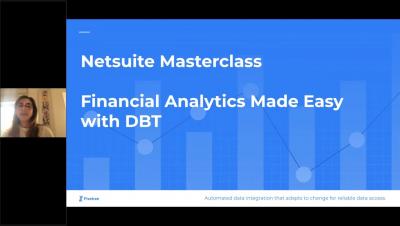Handling Large Datasets in Data Preparation & ML Training Using MLOps
Data science has become an important capability for enterprises looking to solve complex, real-world problems, and generate operational models that deliver business value across all domains. More and more businesses are investing in ML capabilities, putting together data science teams to develop innovative, predictive models that provide the enterprise with a competitive edge — be it providing better customer service or optimizing logistics and maintenance of systems or machinery.











